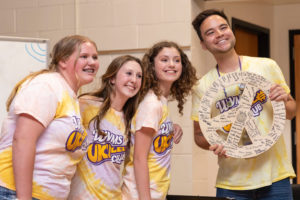
“It was my students’ idea…”
Warwick, NY middle school Ukulele club raises $6,000 for NETRF
Make a gift before the end of the year to drive research breakthroughs in 2026.

Warwick, NY middle school Ukulele club raises $6,000 for NETRF
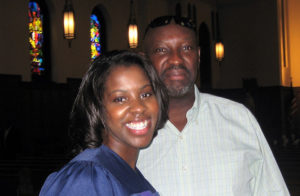
“Anything that I have done, and any impact I have made in support of NETRF is because of the lessons he taught me.” Erica Roberts, NETRF Champion Society Member

After Leanne lost her husband of 31 years to pancreatic neuroendocrine cancer (pNETs), she sold his most beloved possession, a Bass boat, and donated half of the proceeds to NETRF. Leanne, her son Justin and their family and friends have raised more than $35,000 in Michael’s name for NETRF. She shares their story.
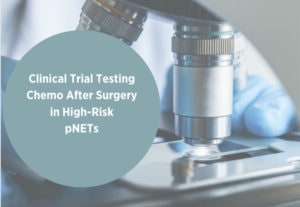
A new phase II clinical trial is exploring the effects of two approved chemotherapy drugs administered after surgery to treat adult patients who have high-risk, well-differentiated pancreatic neuroendocrine tumors (pNETS).

Joe Castrovinci has been living with NETs (and living well!) since his diagnosis in 2012. Read about his NET journey and why he and his husband have included NETRF in their estate planning.
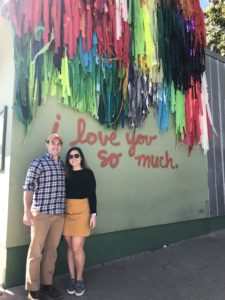
He was just FUN. Simply the nicest guy – always thinking of others. Perpetually positive – he only saw the glass as ‘half full.’ He
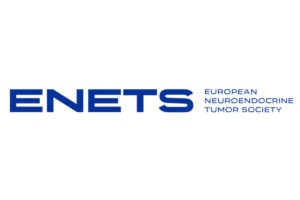
The European Neuroendocrine Tumor Society (ENETS) held its 19th Annual Conference earlier this month in Barcelona, Spain. The meeting brings together physicians and researchers from throughout the world to discuss the latest research on neuroendocrine cancer. More than 1500 participants attended in person or virtually. This year the meeting included the first World NET Forum, focusing on basic and translational science. NETRF was proud to sponsor the prizes for best abstracts.

The Neuroendocrine Tumor Research Foundation is thrilled to announce that it has achieved a 4-star rating from Charity Navigator for the seventh consecutive year for
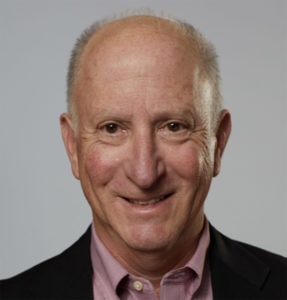
The Neuroendocrine Tumor Research Foundation elected Todd Gillman as President of its Board of Directors at the January 2022 meeting. Gillman replaces longtime president Joseph Li, MD.
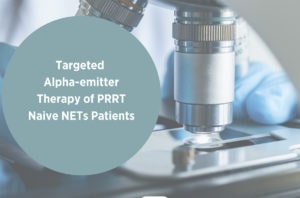
A new phase II clinical trial is evaluating the safety and effectiveness of 212Pb-DOTAMTATE in patients who have somatostatin receptor-expressing neuroendocrine tumors but who have not received peptide receptor radionuclide therapy, or PPRT.